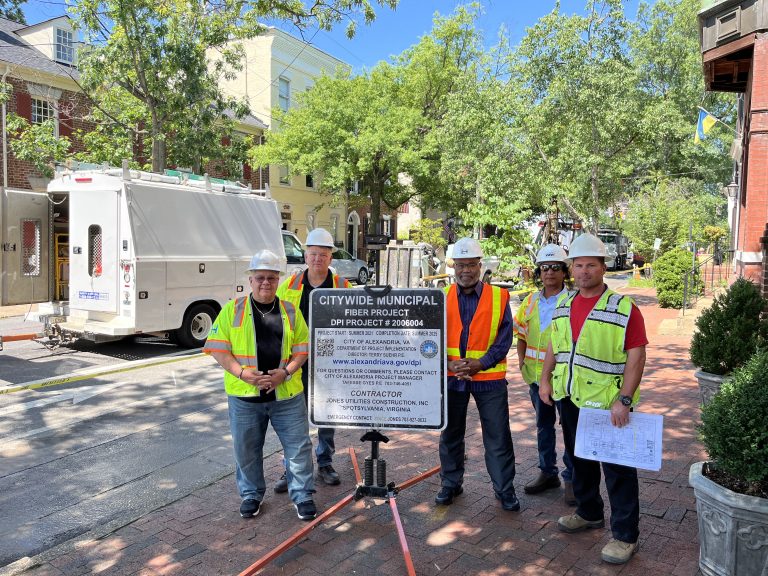Small communities are making big leaps, all in the name of connectivity. We know infrastructure is key for all areas of life and business—and perhaps one area this is present is better data communication for data centers. This helps powers our connected, energy-efficient homes and cities.
Time to take a closer look at what’s happening in one community where construction has already begun on new fiber duct—and similar efforts are being made elsewhere to connect our towns and homes.
Harbor Link Holdings has begun construction on a new fiber-optic infrastructure build connecting Alexandria to Ashburn, Va. The license agreement issued by the city of Alexandria, Va., allows for an eight-way fiber infrastructure, augmenting Harbor Link’s 60-mile conduit build along I-95 and MD RT-97, which began construction in January 2022.
Greater Equity
The benefit to the community is clear. It will enable multi-path, high-speed connectivity across the greater Arlington and Alexandria, Va., markets. Also, it will provide local and long-haul dark fiber capacity with easy access points to enable connectivity to connect data centers bridging the digital divide for underserved communities.
Harbor Link’s vision is to connect various underserved regions throughout Maryland, Washington D.C., and Virginia via a brand new and fully diverse single continuous network route.
Talk about a real value add to the community. We know both federal and local governments have a greater focus on bringing connectivity to underserved communities, helping make it more equitable for all. Now, we are beginning to see this come to fruition in some areas.
In this particular region, the new Alexandria fiber duct will play a significant role in Harbor Link’s Potomac River Crossing, connecting Washington D.C. and Baltimore, to the Northern Virginia region, bolstering connectivity between Arlington, Alexandria, and Ashburn with diverse and redundant routes.
Dark Fiber
Here’s another interesting facet. The Northern Virginia region has a large data center and network connectivity hub and is a highly coveted corridor with limited access to fully redundant and diverse dark fiber, which are raw data pipes that can be lit and serviced by providers and private network operators for enhanced data transmission and security. Quite simply, it is maintained by someone other than the service provider.
Such is the case also in San Leandro, Calif., where Lit San Leandro and San Leandro Dark Fiber formed a partnership with the City of San Leandro to create the Fiber Loop. San Leandro Dark Fiber owns the fiber optic cable that runs through the City’s underground conduit. Lit San Leandro owns and operates the switch and routing facilities that bring lightning-fast Internet service to our community.
Back in Virginia, we see Harbor Link’s infrastructure projects offer much-needed route diversity to support pathway resiliency and deliver end-to-end connectivity in under 1 millisecond between Baltimore and Northern Virginia data center.
Future phases will consist of network expansions further into Virginia, Delaware, and other areas around the Mid-Atlantic region. Harbor Link also partnered with Harbor Peak Network Solutions LLC, which is building a 6-mile ring in the Ashburn, Virginia region, allowing easy access to the area’s data centers. The company is offering flexible lease-agreements on monthly or long-term indefeasible rights of use agreements. Scheduled completion of construction in Alexandria is estimated to land within the fourth quarter of 2023.
Connectivity is a key component to enabling our more sustainable, energy-efficient communities of the future. Being able to bring this to underserved communities—making it equitable for all—will be critical to the future success of our cities.
Want to tweet about this article? Use hashtags #IoT #sustainability #AI #5G #cloud #edge #futureofwork #digitaltransformation #green #ecosystem #environmental #circularworld


